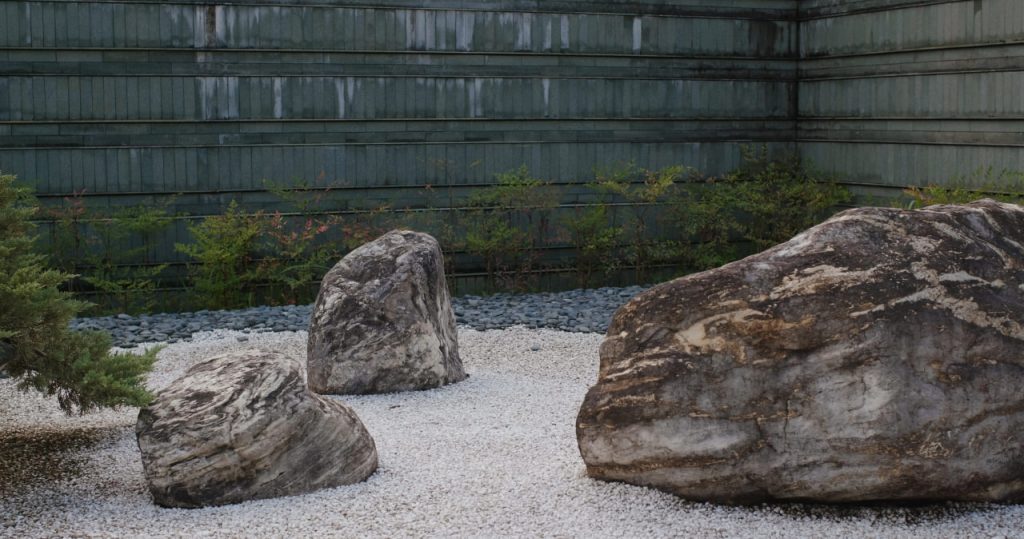Wabi-sabi is not just a visual aesthetic — it’s a way of life. Rooted in ancient Japanese philosophy, wabi-sabi teaches us to embrace imperfection, simplicity, and the quiet elegance of natural decay. When applied to gardening, this mindset transforms how we see and interact with nature. A wabi-sabi garden does not strive for control or perfection. Instead, it honors the organic flow of life, allowing beauty to emerge through asymmetry, aging materials, and the unplanned.
In a typical modern garden, we might focus on symmetry, clean lines, and constant upkeep. But a wabi-sabi garden encourages something different. A moss-covered stone, an uneven path, or a pot with a chipped edge are not flaws — they are stories. They speak of time, weather, and the gentle passing of seasons. Rather than fight decay or weathering, wabi-sabi embraces it. Rust, lichen, and weathered wood all become part of the aesthetic — part of the life of the garden itself.
This philosophy also invites a shift in how we think about space. Wabi-sabi gardens are often small, intimate, and meant to be experienced slowly. A narrow path leading to a single stone bench can offer a deeper sense of peace than a sprawling lawn. In these spaces, emptiness is just as important as what fills it. A single tree or bamboo stalk may carry more presence than a dozen ornamental shrubs.
To begin creating your own wabi-sabi garden, start by observing — truly observing — the space you have. Where does the sunlight fall in the morning? Where does the wind move? What quiet corners invite reflection? Choose natural materials that age gracefully: rough stone, unpainted wood, ceramic pots. Let the garden evolve slowly over time, rather than trying to finish it quickly. Allow wild plants to find their place. Let leaves fall and remain on the earth. Let silence live alongside sound.
In a world that often demands speed and perfection, the wabi-sabi garden offers an invitation to slow down, notice the small things, and appreciate the delicate, imperfect beauty of life as it is — not as we wish it to be.

